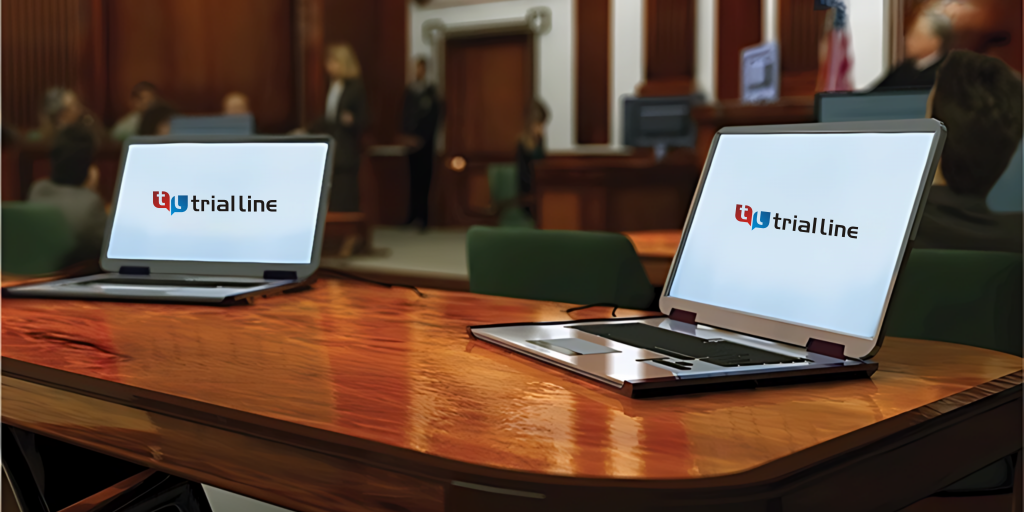The Power of Visuals in Trial Presentations for a Winning Debate
The assimilation of visuals in trial discussions has actually emerged as an important factor in efficiently interacting complex disagreements to jurors. By using numerous forms of aesthetic aids-- be it diagrams, photos, or computer animations-- attorneys can improve understanding and retention, inevitably shaping the jury's understanding of the case.
Value of Visuals in Tests
In numerous legal settings, visuals play a critical role in boosting the performance of test presentations. The integration of aesthetic elements can dramatically affect jurors' understanding and retention of complex info, thus shaping their perceptions and decisions. Visuals, such as graphes, representations, and pictures, can simplify detailed narratives, making them a lot more accessible and engaging.
Moreover, the human brain procedures aesthetic info much more effectively than text, which emphasizes the value of incorporating visuals into lawful debates. By converting dense legal ideas right into aesthetic formats, attorneys can assist in more clear communication, making sure that essential points are not ignored during trials.
Furthermore, visuals serve to engage jurors on a psychological level, promoting a connection to the case that words alone might fail to accomplish. The calculated usage of visuals can evoke empathy, motivating jurors to take into consideration the human facets of the case.
Ultimately, the relevance of visuals in tests hinges on their ability to boost quality, enhance juror interaction, and reinforce the story existing. This powerful mix is necessary for crafting influential arguments that reverberate with jurors and affect the outcome of lawful procedures.
Kinds Of Visuals to Make Use Of
Reliable trial discussions can considerably gain from a selection of aesthetic devices that satisfy different aspects of the instance. trial presentations. Making use of layouts and charts can effectively damage down complex details, making it much more absorbable for jurors. Flowcharts can highlight the sequence of events, while bar graphs may succinctly contrast appropriate information factors.

Animations and simulations can additionally play a critical duty, particularly in situations including technical data or intricate situations. These visuals can dynamically represent procedures or actions, supplying clarity and engagement that static images might not accomplish.
Additionally, infographics combine message and visuals to summarize vital details effectively. They can present timelines, stats, and substantial instance factors in an aesthetically enticing fashion, making it less complicated for jurors to adhere to the debate.
Enhancing Comprehension and Retention

Enhancing understanding and retention throughout trial presentations is vital for making certain that jurors comprehend the essential components of an instance. Visual help work as effective tools in this regard, translating intricate info into easily absorbable formats. By making use of graphes, layouts, and infographics, attorneys can simplify detailed information and highlight bottom lines that might or else be ignored.
Studies have revealed that individuals maintain details considerably better when it is offered visually. This is especially essential in a test setting, where jurors might be bewildered by the volume of proof and testimony. By strategically incorporating visuals, attorneys can guide jurors' attention to one of the most his comment is here important facets of the case, strengthening their understanding and memory of the product presented.

Developing Engaging Discussions
Captivating jurors' focus during test discussions is essential for conveying an engaging narrative. Engaging presentations take advantage of aesthetic aspects to produce a memorable experience that reverberates with jurors. The critical use graphics, computer animations, and videos can illuminate complicated details, making it more easily accessible and relatable.

In addition, incorporating narration strategies can improve involvement. Presenting proof in a sensible series that develops psychological charm permits jurors to get in touch with the material on an individual degree. Diverse discussion layouts, such as incorporating short video clip clips or interactive elements, can likewise receive rate of interest and focus throughout the test.
Ultimately, an appealing discussion promotes an extra extensive understanding of the instance, enabling jurors to much better appreciate the arguments being provided and causing a much more positive end result.
Study and Success Stories
Many instance researches highlight the substantial effect of visuals in trial presentations, showing their capacity to affect juror assumptions and inevitably the results of cases. A noteworthy instance entailing a personal injury insurance claim highlighted just how the usage of a 3D you could try these out computer animation of the crash scene made clear intricate details. Jurors reported really feeling more informed and understanding, considerably swaying their choice for the complainant.
In an additional instance, a business litigation case made use of infographics to present economic information and timelines, making detailed details accessible. The aesthetic representation made it possible for jurors to understand the nuances of the instance better than verbal descriptions alone. trial presentations. As a result, official statement the jury returned a judgment that went beyond the client's assumptions
The compelling visuals not only helped in creating question but additionally reverberated psychologically with jurors, leading to a pardon. These success tales highlight the requirement of incorporating visuals into trial presentations, as they boost understanding, retention, and ultimately, the convincing power of lawful arguments.
Conclusion
In final thought, the tactical incorporation of visuals in trial discussions significantly enhances jurors' understanding and retention of intricate information. Involving presentations, supported by engaging situation researches, demonstrate the extensive effect that visuals can have on influential interaction.